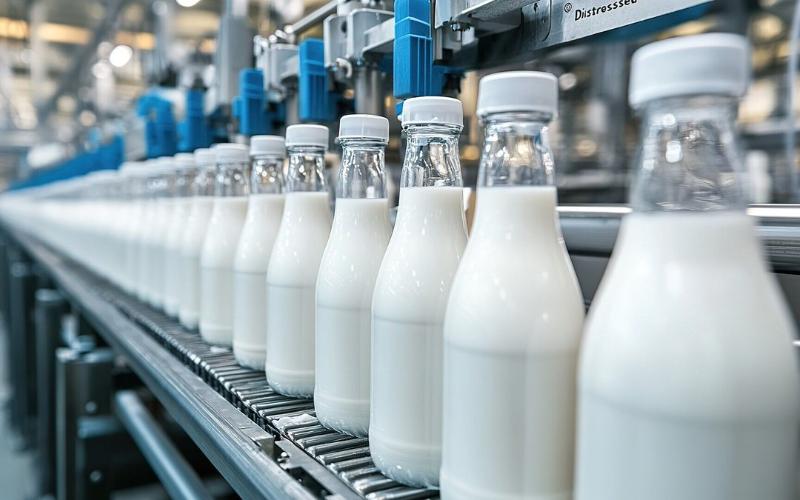The Megabill: Bigger Farms, Bigger Benefits
Sourse: dairynews.today
The new megabill provides increased subsidies and funding for livestock and dairy farmers, predominantly benefiting larger operations while making significant cuts to SNAP funding.

Republican legislators' 'megabill' has introduced controversial allocations for agriculture in the U.S., significantly favoring large-scale farming operations. Among the key measures are increased federal payments to livestock farmers through the Livestock Indemnity Program, which now offers 100% compensation for certain losses, potentially reducing farmers' incentive to adopt better protective measures.
Additionally, the Dairy Margin Coverage program has been extended to 2031 and adjusted to favor larger dairy producers. While these changes provide a safety net for producers, critics argue they maintain the status quo by disproportionately aiding bigger farms and conglomerates. The bill also aims to facilitate quicker recovery for farmers affected by natural disasters by shortening the waiting period from eight to four weeks before they can receive benefits from the Livestock Forage Disaster Program.
A new pilot program for contract poultry farmers is set to mitigate utility cost hikes due to extreme weather. Moreover, the megabill increases crop insurance funding by an additional $6.3 billion over ten years and introduces tax benefits for agricultural producers while doubling the funding for Agricultural Trade Promotion. However, the funding boost for large scale farming comes at a cost—the megabill drastically cuts SNAP funding by shifting more program costs to state governments and tightening eligibility criteria. In the backdrop of these legislative shifts, the fate of the more comprehensive farm bill, due for renewal, is still uncertain.
The provisions usually part of the farm bill have been expedited through the megabill, decreasing pressure on legislators to pass a new farm bill. This situation leaves some policies, like the permanent price support authority, unaddressed until a potential 'skinny' farm bill might be considered. This legislative move continues to emphasize support for meat and dairy production, frequently overlooking environmental and ethical costs.
Additionally, the Dairy Margin Coverage program has been extended to 2031 and adjusted to favor larger dairy producers. While these changes provide a safety net for producers, critics argue they maintain the status quo by disproportionately aiding bigger farms and conglomerates. The bill also aims to facilitate quicker recovery for farmers affected by natural disasters by shortening the waiting period from eight to four weeks before they can receive benefits from the Livestock Forage Disaster Program.
A new pilot program for contract poultry farmers is set to mitigate utility cost hikes due to extreme weather. Moreover, the megabill increases crop insurance funding by an additional $6.3 billion over ten years and introduces tax benefits for agricultural producers while doubling the funding for Agricultural Trade Promotion. However, the funding boost for large scale farming comes at a cost—the megabill drastically cuts SNAP funding by shifting more program costs to state governments and tightening eligibility criteria. In the backdrop of these legislative shifts, the fate of the more comprehensive farm bill, due for renewal, is still uncertain.
The provisions usually part of the farm bill have been expedited through the megabill, decreasing pressure on legislators to pass a new farm bill. This situation leaves some policies, like the permanent price support authority, unaddressed until a potential 'skinny' farm bill might be considered. This legislative move continues to emphasize support for meat and dairy production, frequently overlooking environmental and ethical costs.













